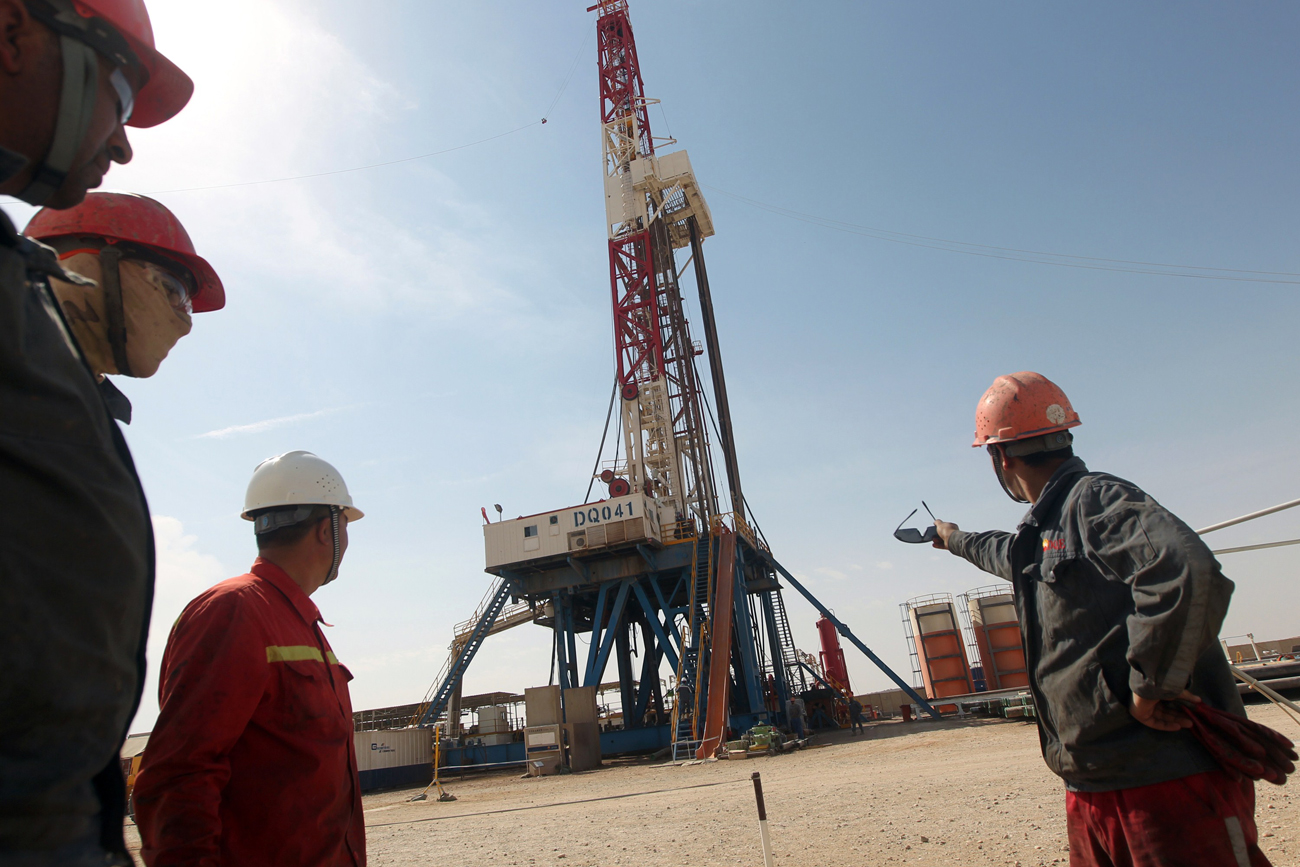Singapore-based Berlanga Group has signed a memorandum of understanding and a non-disclosure agreement with the National Iranian Oil Company on Wednesday to study Iran’s Dalpari Oilfield in the western Ilam Province.
The agreement was signed in Tehran by Shyngys Kulzhamov, the head of Berlanga, and Ramin Hatami, managing director of Iranian Central Oil Fields Company, in the presence of Gholamreza Manouchehri, deputy for development and engineering affairs at the National Iranian Oil Company and David Walker, managing director of Berlanga, the Oil Ministry’s news service Shana reported.
“Signing such agreements with foreign firms is a major step not only to get ready to develop the field but also a positive measure to help transfer cutting-edge technical know-how to the country,” Manouchehri said, expressing hope that the two sides will expand cooperation in energy sectors.
Attaching great importance to raising the rate of recovery from oil reservoirs, the official noted that MoU calls for implementation of enhanced oil recovery methods in the field to provide NIOC with comprehensive information.
According to Manouchehri, the West Oil and Gas Production Company, one of the subsidiaries of Iranian Central Oil Fields Company, operates the field and its oil is delivered to Cheshmeh Khosh operation zone through a 28-kilometer, 8-inch pipeline.
“NIOC has already concluded MoUs with Austria’s OMV and Thailand’s PTTEP for undertaking surveys on the oilfield,” he said.
Dalpari is an underdeveloped oilfield, although its discovery dates back to almost four decades. Data show that Ilam holds 11% of Iran’s total oil and gas reserves.
According to Manouchehri, NIOC has concluded more than two dozen preliminary agreements with domestic and international giants to carry out studies on various onshore and offshore fields.
“A total of 75 oil and gas field development proposals are expected to be presented to the NIOC, of which 20 have been submitted,” he said, adding that most agreements are aimed at increasing the recovery rate of oilfields in Khuzestan’s West Karun oil block.
Berlanga is a group of companies with oil and gas exploration and production as its core business, and Southeast Asia and Caspian region as its core areas of expansion.
Recovery Rate Rises
According to Bijan Alipour, National Iranian South Oil Company’s chief executive, the state-owned firm is projected to increase the recovery rate of its oilfields, including 66 oil reservoirs with 230 billion barrels of in-place crude, by as much as 20%.
“Injecting gas into underground reservoirs has been exercised for over four decades in Iran,” the official said, underlining the method as one of the most efficient oil recovery techniques in Iranian oilfields, which has resulted in an overall 8% increase in recovery factor.
“We can increase the rate of recovery by 15% and 20%, if gas injection is implemented across all NISOC reservoirs,” he added.
According to Alipour, studies undertaken by NISOC over the last four years show Iran’s recoverable crude oil reserves have increased by 4.4 billion barrels.
The latest government data indicate total proven crude oil reserves are close to 160 billion barrels, of which 16 billion barrels are in the Persian Gulf.


